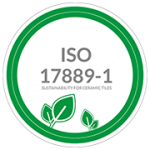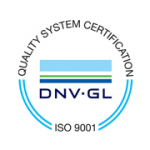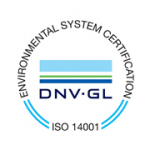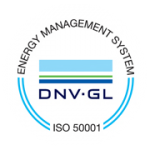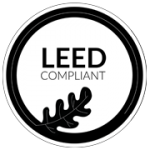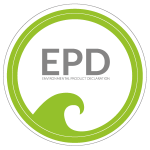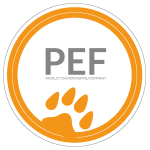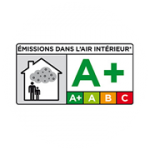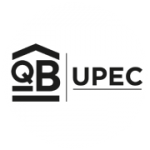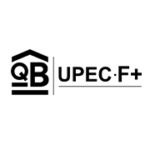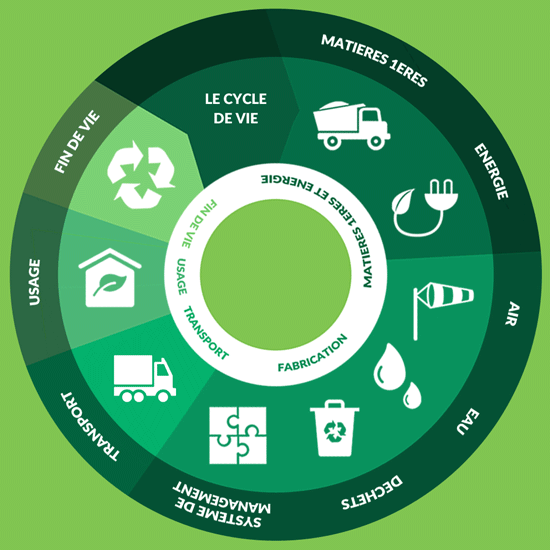Quality and respect for the environment are two core values of Novoceram, as demonstrated by the environmental policy, the life cycle of products and the important quality certifications obtained over the years.
Environment and Quality
The ecologic chart of Novoceram
Our Certifications
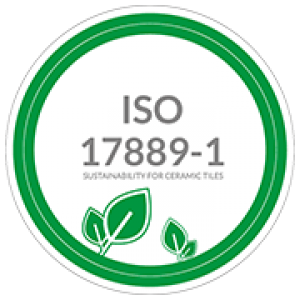
ISO 17889-1
Thanks to continuous improvements in reducing its environmental impact, Novoceram has obtained ISO 17889-1:2021 certification. This recently published standard provides a universal measure of the durability of ceramic tiles as a manufactured product. This is a new and unique concept in the world of building materials. Novoceram is the first French company to have obtained the ISO 17889-1 standard for its products.
Learn more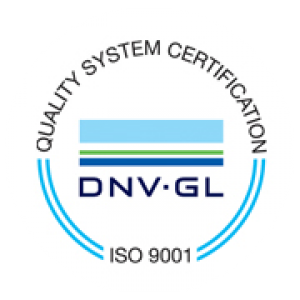
ISO 9001
The Novoceram quality management system has obtained ISO 9001 certification. It is based on fundamental principles of customer satisfaction, is aimed at achieving ambitious goals and is part of a project of constant improvement during various phases of the industrial process: the relationship with customers, based on dialogue and listening to their needs, the internal organization, the relationship with suppliers as well as the entire production process.
Learn more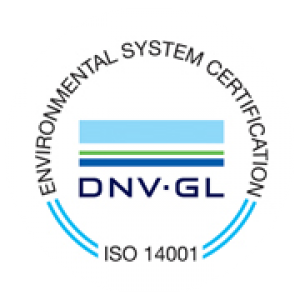
ISO 14001
Already committed for some time to the pursuit of environmental policies, Novoceram has obtained ISO 14001 certification for its environmental management system, thanks to a pledge to protect the environment as well as increasingly ambitious objectives in terms of process controls put in place by the company, with the goal of progressively limiting the impact of its activity on the environment.
Learn more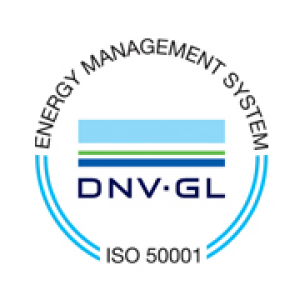
ISO 50001
Novoceram has obtained ISO 50001 certification thanks to the excellence of its energy management system. This certification, driven by the desire to better control and optimize energy consumption, is the logical continuation of an approach of continuous improvement and ongoing environmental commitment.
Learn more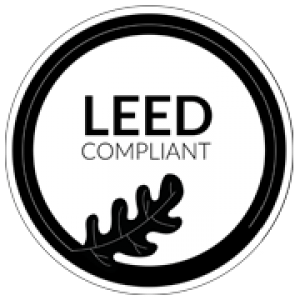
Leed compliant
The LEED (Leadership in Energy and Environmental Design) certification is an American certification for the construction industry, regulated by the Green Building Council, which requires compliance with certain environmental requirements. In order to be LEED certified a building has to obtain at least 40 credits out of 110 credits available. Each material used must therefore obtain as many credit points as possible. The aim of this certification is to ensure the eco-sustainability of buildings.
Learn more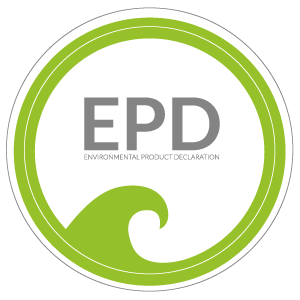
EPD: Environmental Product Declaration
EDP is a study that aims at understanding the environmental impact of a product on the basis of the analysis of the life cycle of the product.
Learn more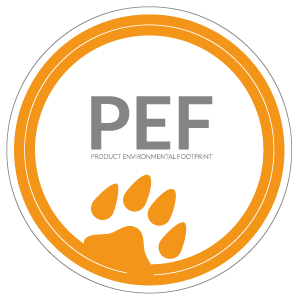
PEF: Product Environmental Footprint
PEF (Product Environmental Footprint) is the result of a study of all quantifiable environmental impacts over the full life cycle of a product, based on the general method to estimate and point out the potential environmental impact of a product along its entire life cycle.
Learn more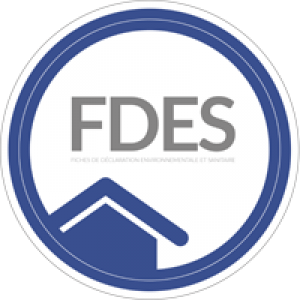
FDES: Fiche de Déclaration Environnementale et Sanitaire
FDES is a Fiche de Déclaration Environnementale et Sanitaire (An Environmental and Sanitary Declaration Chart). Such charts are made with the purpose of informing the user of the environmental and sanitary impact of the product under analysis. FDES is only relevant to construction products.
Learn more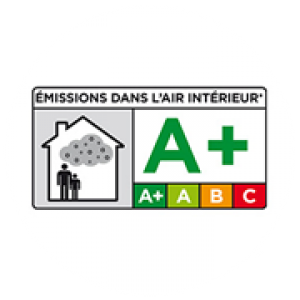
VOC – Volatile Organic Compounds
This classification is a means of assessing the level of pollution that a particular product is going to make to the air of a closed environment. Ceramic tiles, by their very nature and construction, do not contain any VOCs: for this reason they are always classified as A+, since they do not release any toxic substances into the air.
Learn more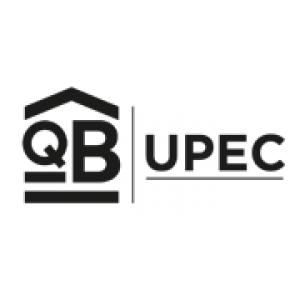
UPEC
UPEC is a classification system for floors based on their destination of use. It is a system aimed at guaranteeing that a certain type of floor is suitable to withstand the stresses typical of a type of ambiance in which it is going to be installed.
Learn more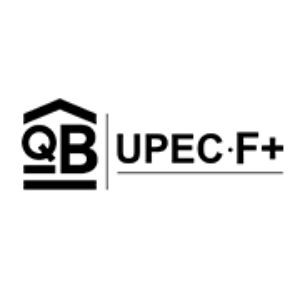
UPEC F+
The QB UPEC F + certified tiles are designed to be installed on non-waterproofed concrete substrates (walkways, balconies, loggias, pool edges ...) and on waterproof flat roofs. They must be able to resist a test that involves 3 repeated shocks posed on adjustable feet (no breakage is allowed). They are also subjected to a slip resistance test.
Learn more